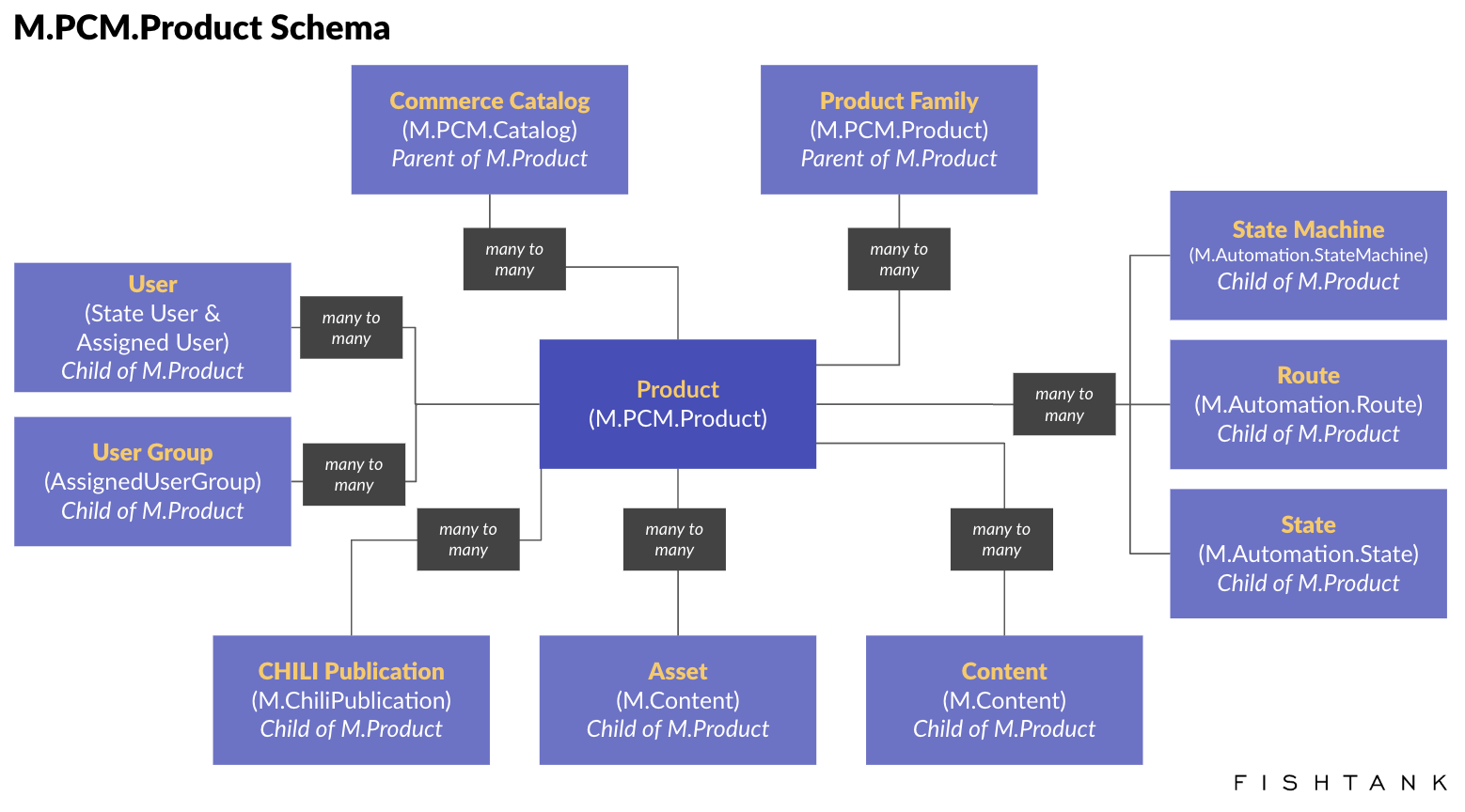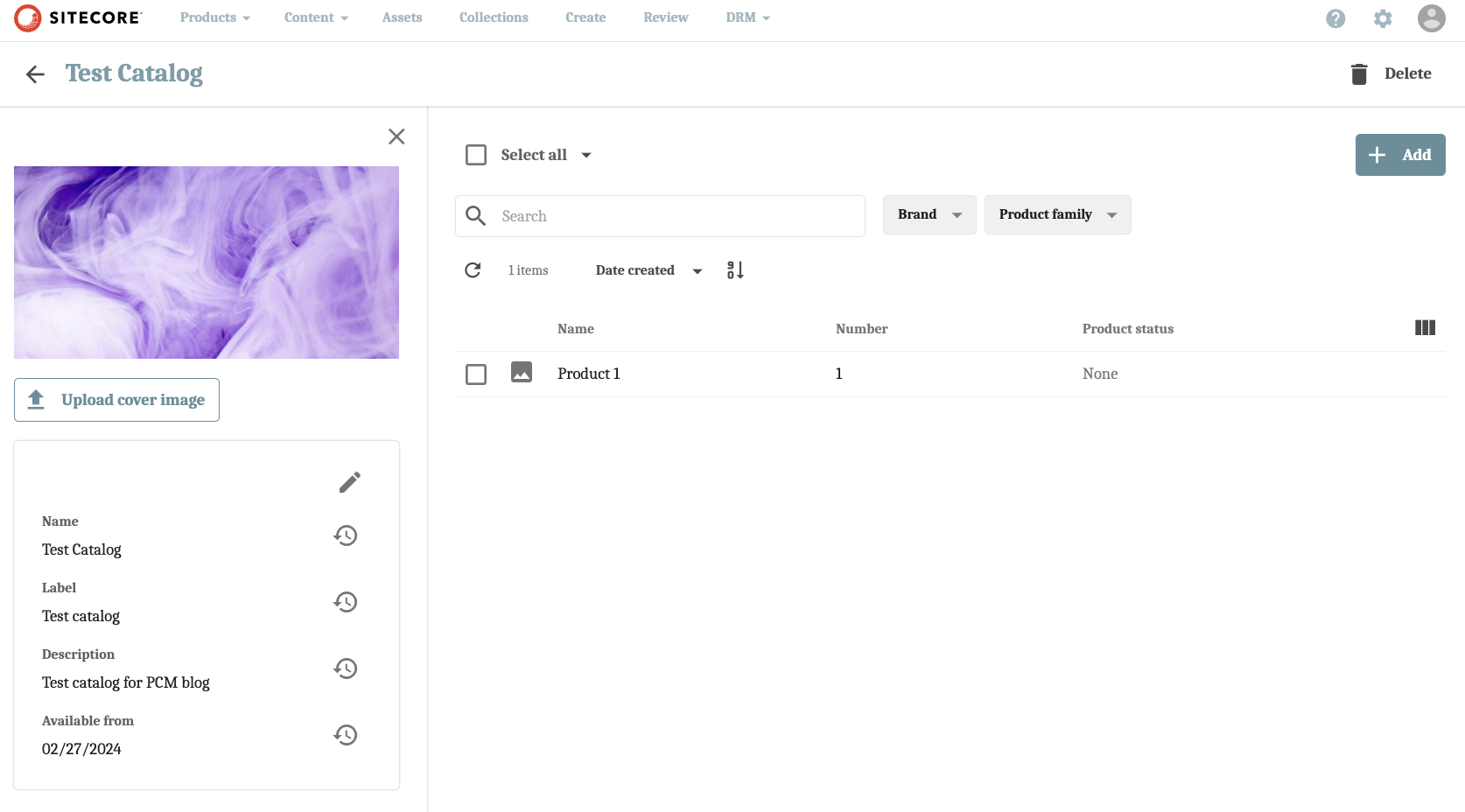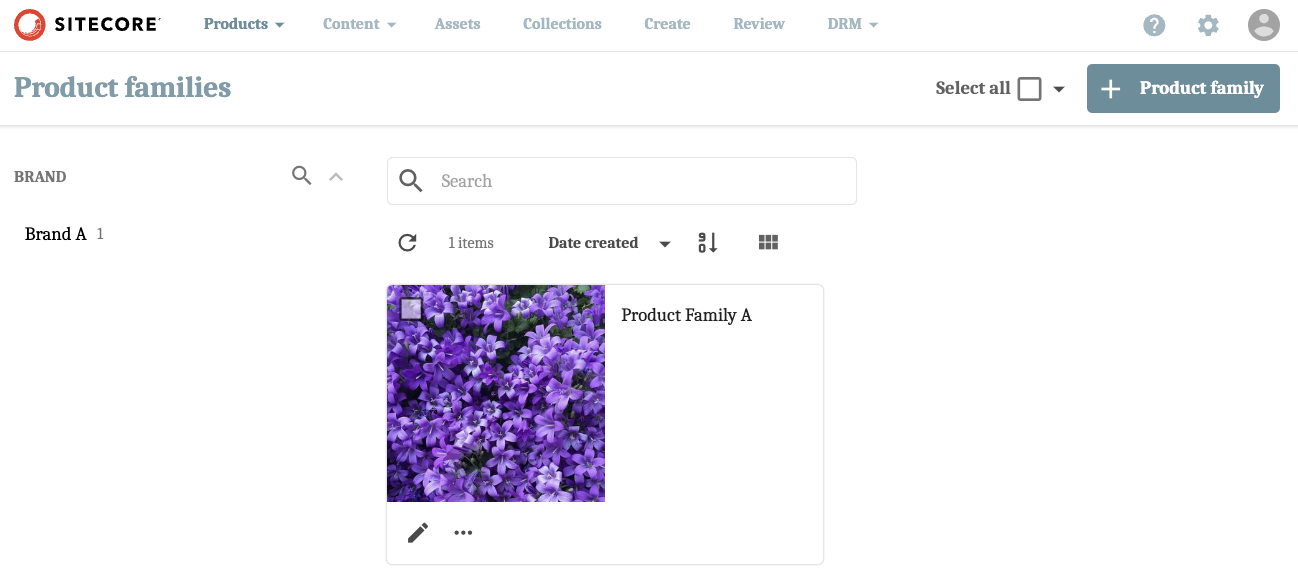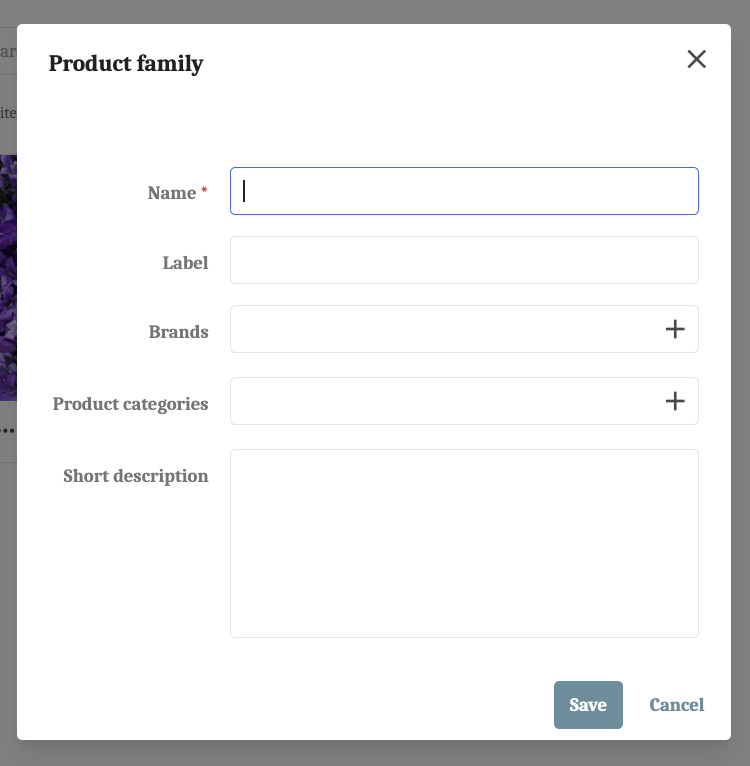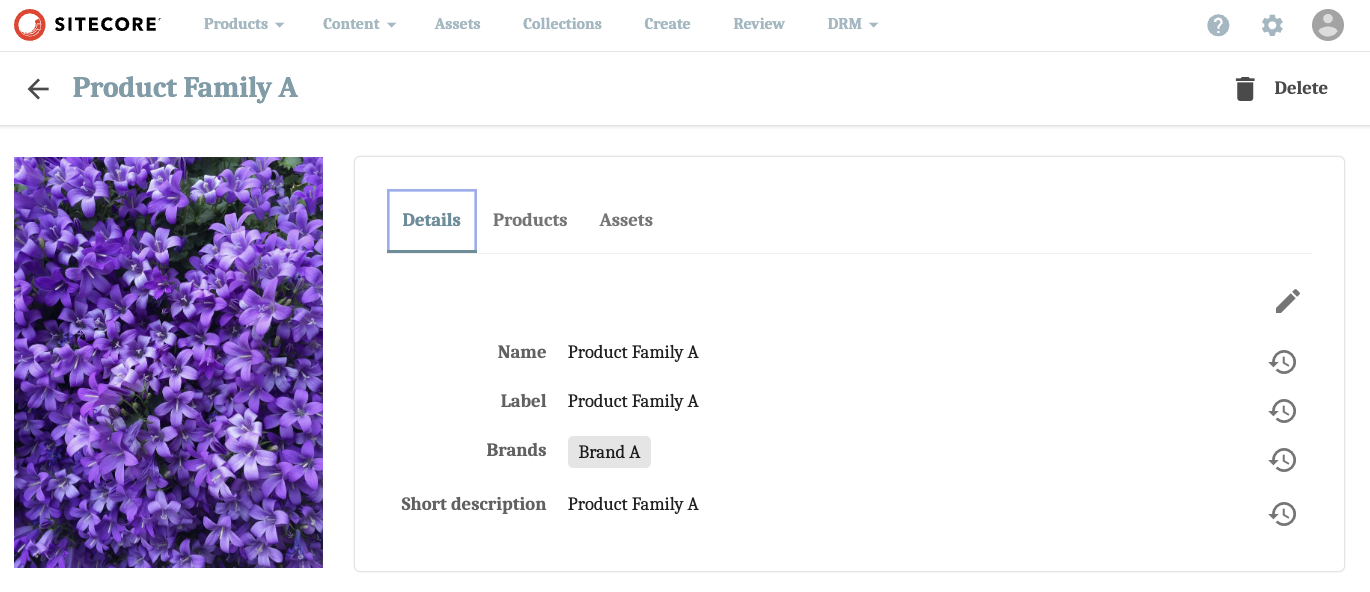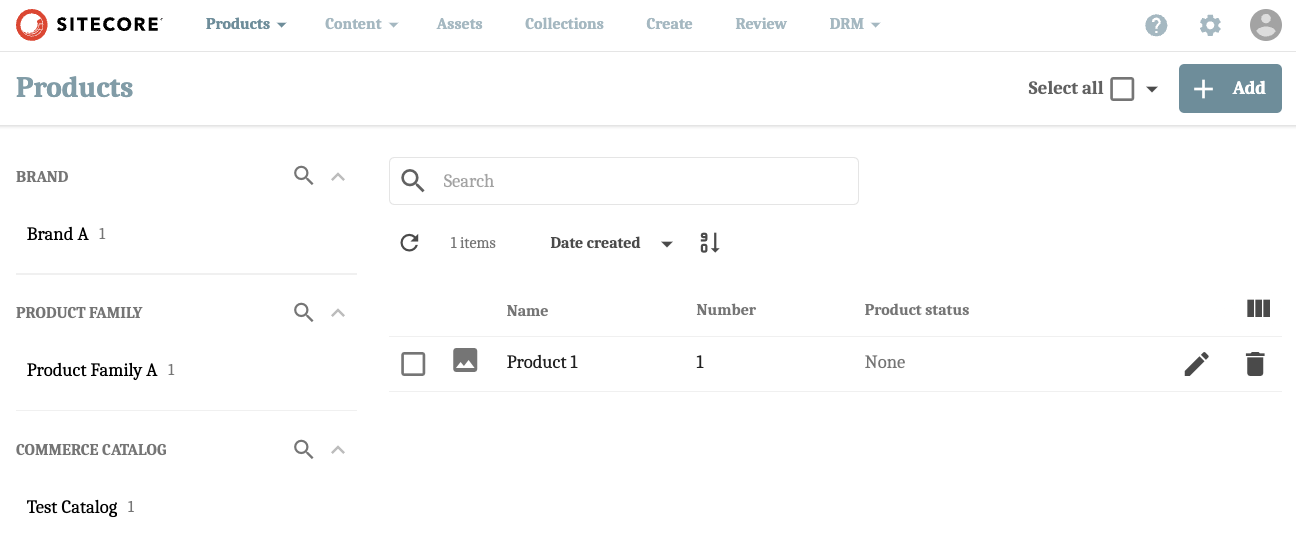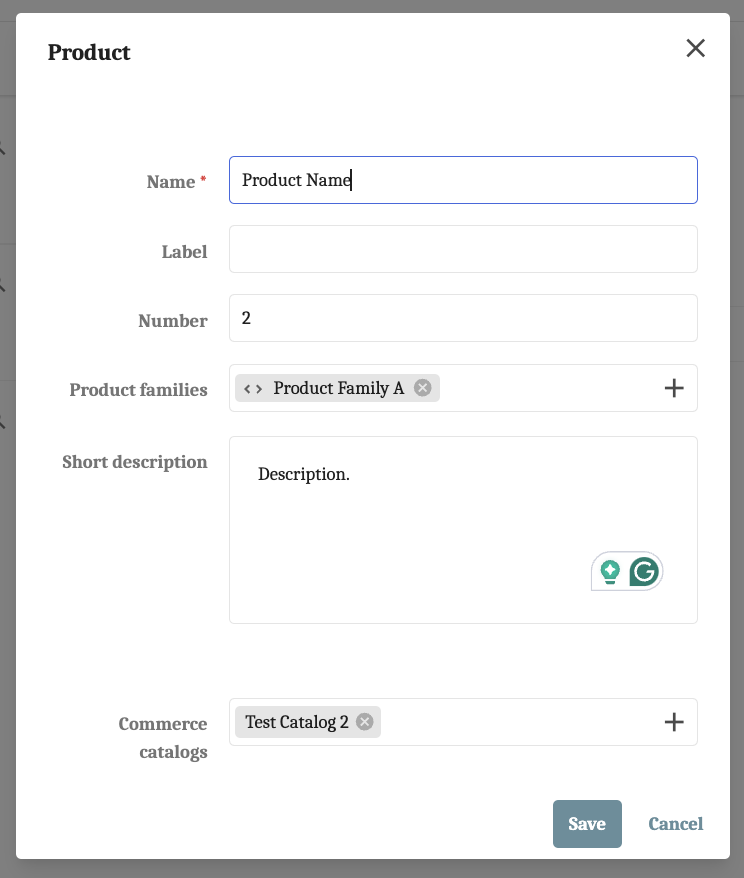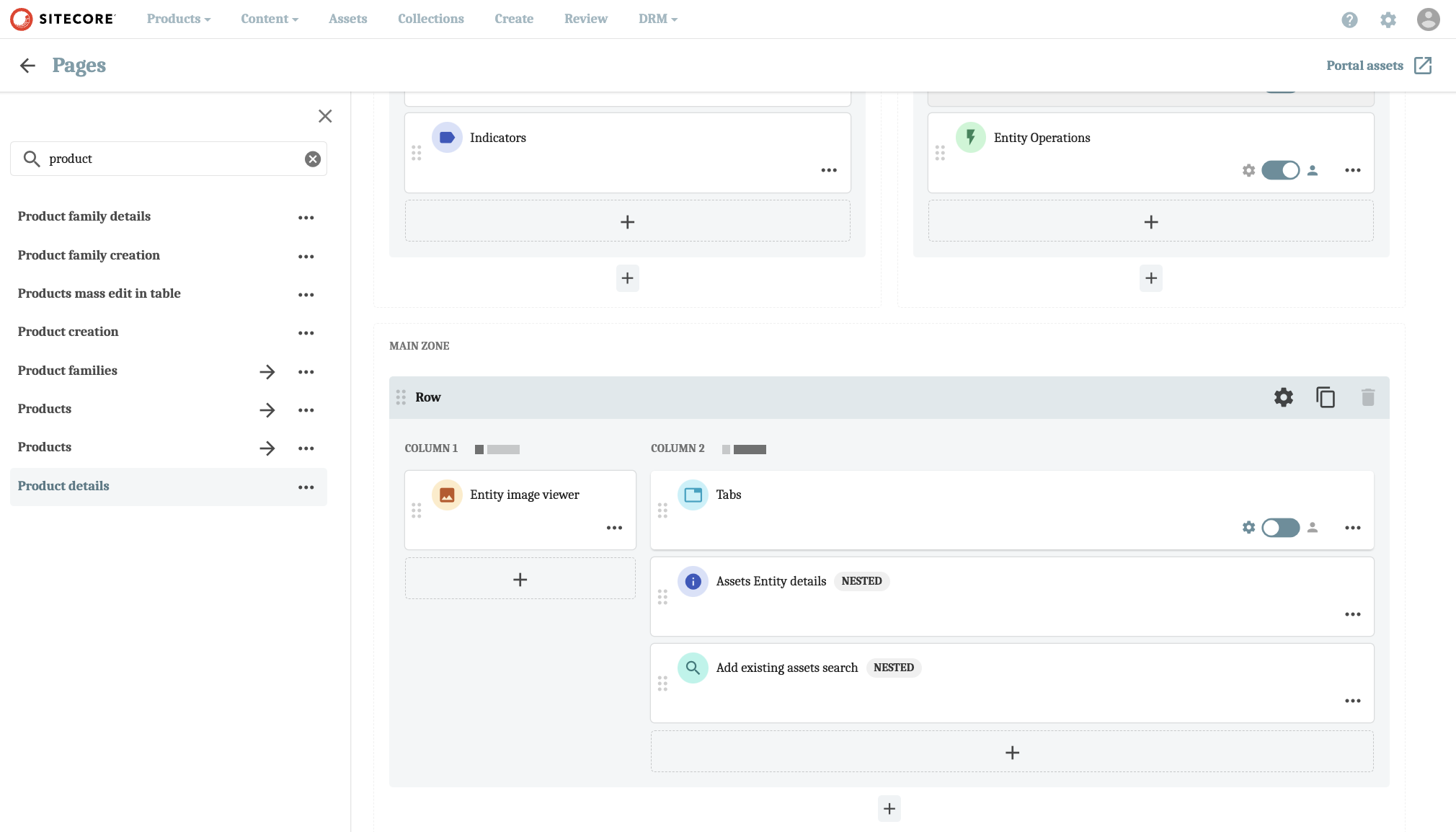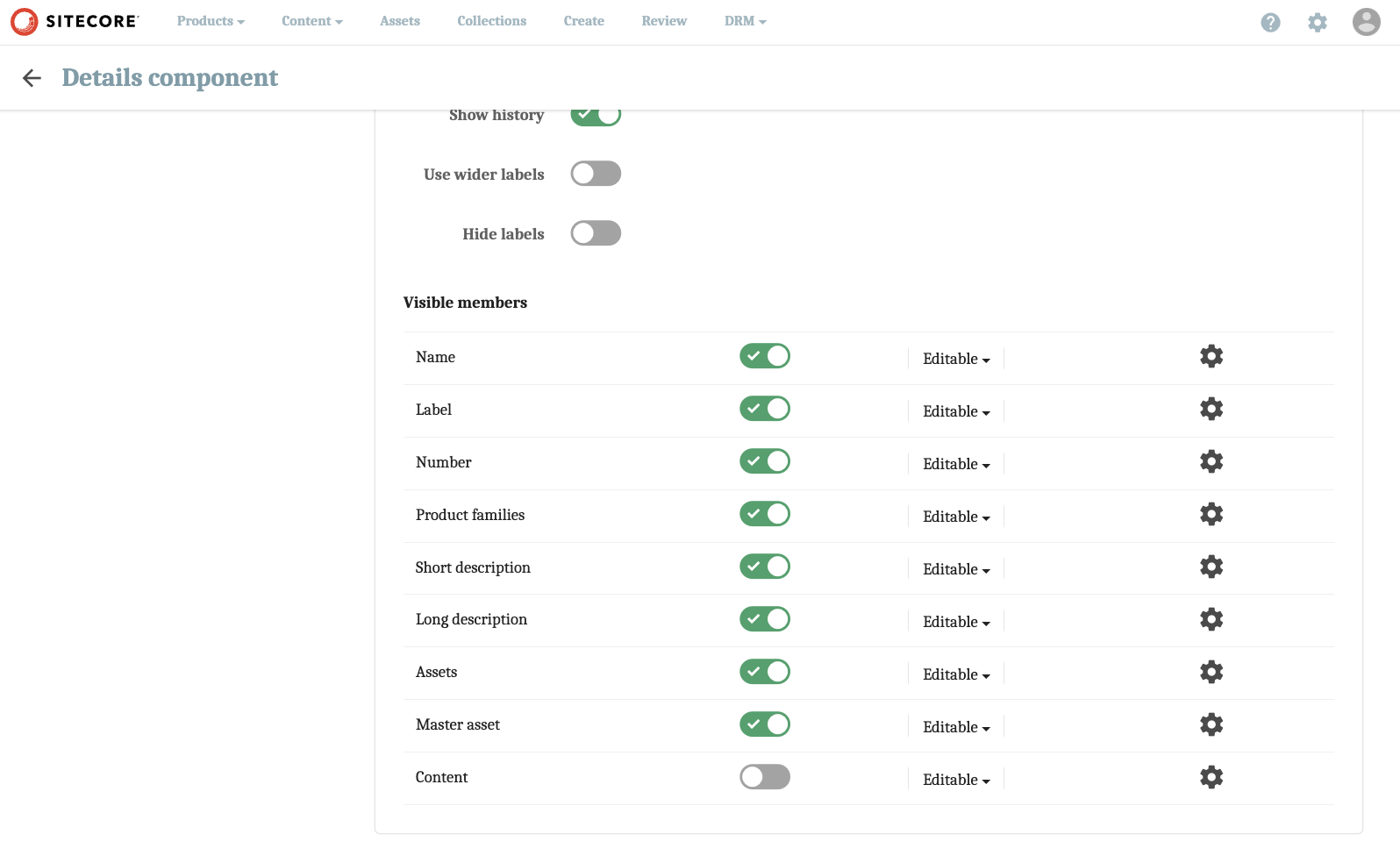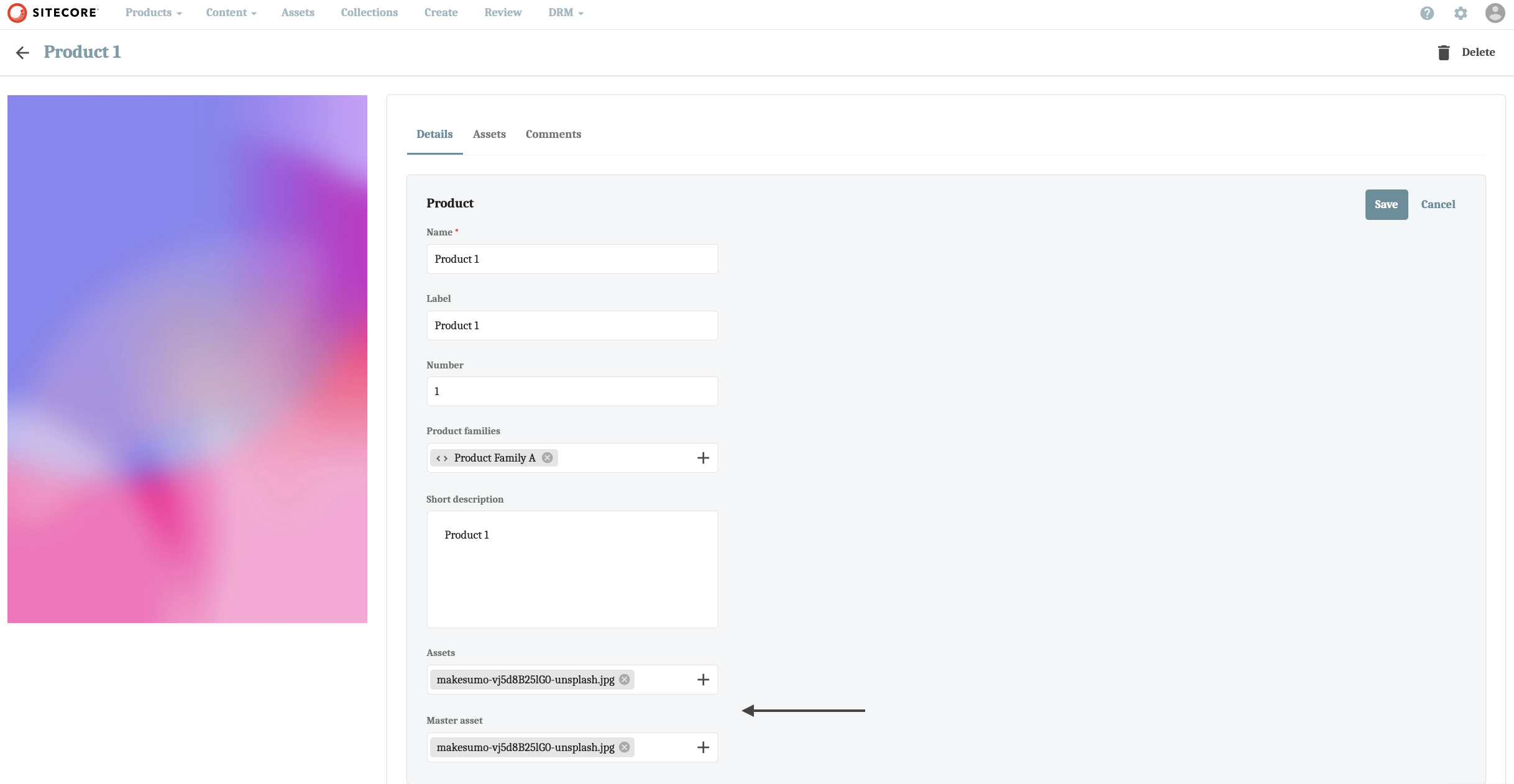What is Sitecore Product Content Management (PCM)?
Sitecore Product Content Management (PCM), a component of Sitecore Content Hub, is specifically designed for the comprehensive management of product information. This includes everything from product descriptions and specifications to stock-keeping units (SKUs), covering the entire product lifecycle from manufacturing to sale. Sitecore PCM adopts a holistic strategy to ensure product details are accurately developed, categorized, and prepared for distribution.
The key advantage of Sitecore PCM lies in its ability to centralize and automate the handling of product data. This centralization is crucial for product managers and merchandisers, allowing them to efficiently update and manage information across various platforms such as e-commerce websites, print catalogs, and enterprise resource planning (ERP) systems. By streamlining these processes, Sitecore PCM not only saves time but also enhances accuracy and consistency in product information management, facilitating a smoother workflow from creation to consumer.
What Are the Key Features of Sitecore PCM?
Sitecore PCM is designed to streamline the management of product information, offering several key features that cater specifically to the needs of retailers. Here's a detailed look at a few of these features:
- Integration of Product Data: This feature simplifies the process of combining existing product data with new marketing content, aiming to create a single, reliable source of truth. It effectively removes inconsistencies and prevents the duplication of information, making it easier for retailers to maintain accurate and cohesive product records.
- Streamlined Content Processes: Sitecore PCM facilitates the management of diverse and complex product portfolios, supporting multiple brands, extensive product ranges, various lifecycle stages, and localization efforts. Its unified interface allows users to handle these aspects efficiently, promoting productivity and reducing the likelihood of errors.
- Visibility of Product Assets: One of the standout features of Sitecore PCM is its ability to provide comprehensive visibility into how and where product assets are used. Whether it's e-commerce sites, catalogs (the Canadian in me is screaming "catalogues"), mobile apps, signage, point-of-sale systems, or digital kiosks, users can track the deployment and performance of their product assets. This ensures a consistent brand presence across all channels and helps in optimizing asset utilization based on real-world data.
Integrating Sitecore PCM With Sitecore DAM
Integrating Sitecore Product Content Management (PCM) with Sitecore Digital Asset Management (DAM) offers a cohesive approach to managing product-related information and digital assets. This integration forms a streamlined workflow from product conception to market, ensuring brand consistency and content alignment with products. The DAM module, focused on asset management, allows storing and managing digital assets like images and videos in a single repository. This repository integrates with other Content Hub modules, enabling the use of stored assets in marketing campaigns or product descriptions, and supports integration with external products like Adobe Creative Cloud and Salesforce Marketing Cloud.
Sitecore PCM operates around the Product module, which is part of the Sitecore DAM license, highlighting the synergy between managing product information and digital assets. This interconnectivity allows for seamless access to product metadata within the DAM system, facilitating a unified source of truth for all product-related content. Moreover, the architecture of Sitecore PCM, similar to the M.Asset schema in Content Hub DAM, is designed with parent and child relationships with other entities (such as M.Asset and M.Content as well as other PCM-specific entities, like Commerce catalog (M.PCM.Catalog) and Product family (M.PCM.Product)), indicating a structured and flexible approach to managing complex product ranges and their associated digital assets. This structure, along with state flow functionality, automates the management and maintenance of product information, enriching product data through various stages of its lifecycle.
Why Use Sitecore PCM?
Sitecore PCM plays an important role in optimizing product information management. By centralizing product data, the module ensures that all stakeholders have access to a single, accurate source of information. This centralization is critical for maintaining consistency across all marketing and sales channels.
For retailers already using Sitecore DAM, integrating PCM can further unify content strategy by leveraging existing digital assets, ensuring a cohesive approach to content management and distribution. This integration simplifies the process, allowing businesses to reach their audience across multiple platforms more effectively. Here are a few more reasons PCM can support retailers:
| Reason | Benefit | Impact |
|---|---|---|
| Unified Source of Truth | Ensures product managers and merchandisers have consistent, accurate data. | Reduces confusion and errors, streamlining workflow. |
| Seamless Data Integration | Merges existing product data with new marketing content without duplication. | Saves time and resources, enhancing content relevance. |
| Content Control | Manages who can access and publish content, especially confidential information. | Protects sensitive data, ensuring only authorized publication. |
| Content Utilization Insights | Offers visibility into how and where product assets are used. | Enables strategic decision-making for content distribution. |
| Efficient Publication | Streamlines the process of publishing to various channels. | Improves reach and engagement with less effort. |
| Integration Capabilities | Connects with downstream systems via RESTful API and public file options. | Facilitates a smoother, more automated workflow. |
Pages/Functions of Sitecore PCM
There are three primary pages, or functions, within Sitecore PCM, each providing a unique purpose:
Commerce Catalogs
Commerce catalogs in Sitecore PCM act as a centralized hub for managing all aspects of a product's presentation and information, including its taxonomy, specifications, descriptions, images, and more. This system enables efficient organization and retrieval of product details, streamlining the process of updating and maintaining accurate product information across various sales channels.
How to Add a New Commerce Catalog
- From the Commerce catalogs page, click on the + Commerce catalog button in the top right.
-
From the pop-up modal, fill in the fields relevant to your needs. Only the name field is mandatory OOTB, but you also have the option to add a label, description, and available from/until dates. If you’d like to change these OOTB options, you can do so via the Commerce Catalog (M.PCM.Catalog) definition.
-
Markets are a taxonomy item, so in order to add market(s) to a commerce catalog, you need to first add sub-values to the Market taxonomy (M.PCM.Market).
-
-
From the Commerce catalog details page, you can upload a cover image for the catalog, view associated products, or add additional products to the catalog (from existing items).
-
Note: OOTB, you only have the option to upload a new cover image. If you chose to do so, this image will appear on your Create page to be reviewed and approved.
-
Product Families
Product families organize products that share common features or branding, simplifying both management and customer search processes. They play a vital role in streamlining product categorization, enhancing targeted marketing efforts, and improving the overall shopping experience by grouping similar items. This organization helps in efficiently addressing diverse customer needs and preferences, making it easier for businesses to tailor their offerings and for customers to find related products.
How to Add a New Product Family
- Click on the + Product family button in the top right from the Product families page.
-
Fill in all relevant data. As with new commerce catalogs, only the name field is mandatory, however you can add a label, brands, product categories, and a short description. Looking for additional options? These OOTB options can be tailored to your specific needs via the M.PCM.ProductFamily schema.
-
Brands and Product categories are taxonomies, so sub-values must first be added to the appropriate taxonomy item (M.Brand and M.PCM.ProductCategory, respectively) before you are able to add them to a Product family entity.
-
-
The Product family details page includes three tabs:
- Details: Where all basic details of the product family, including associated brands, label, name, etc. are located.
- Products: Associated products. Additional products can also be added from this tab.
-
Assets: Associated assets. Additional assets can also be added (uploaded or by selecting from existing items) from this tab.
Products
The Products page in Sitecore PCM is a key area for managing your product information. It presents a clear, table-like view of your products, showing essential details such as product names, numbers, and their current status. The page is equipped with search tools that allow you to find products quickly. You can perform various actions on selected products, including bulk editing, deleting, or exporting data to Excel for further analysis or reporting. This functionality simplifies the process of managing product information, ensuring data is up-to-date and easily accessible for any necessary adjustments or reviews.
How to Add a New Product
- From the Products page, click on the + Add button to add new products, either individually or by importing an Excel file.
-
Fill in the fields relevant to your products. As with the other pages, the fields displayed on this modal can be customized to the needs of your business.
-
The Product details page includes three tabs:
- Details: Where all basic details of the product family, including brands, label, name, etc. are located.
- Products: Associated products. Additional products can also be added from this tab.
-
Assets: Associated assets. Additional assets can also be added from this tab. Don’t want to upload a new asset? Make the following changes to the Product details page.
-
From the Manage page, click on Pages, then select Product Details. Next, scroll down to the Main zone and click on Tabs.
-
Click on Entity details from the Details tab.
-
From the Main member group, toggle on Assets (allows you to add assets from the details tab on the Product details page) and/or Master asset (allows you to select the cover image for the product).
-
Now, the Product details page should look like this:
-
Streamlined Content Collaboration With PCM
Sitecore PCM is a crucial tool for efficiently managing product information, offering a clear path from product creation to its market presence. It centralizes data to ensure consistency across sales channels, simplifying operations and enhancing customer experiences. As you continue to utilize Sitecore PCM, the potential for streamlined operations and a stronger omnichannel presence becomes increasingly achievable.
Questions? Don’t hesitate to reach out.
